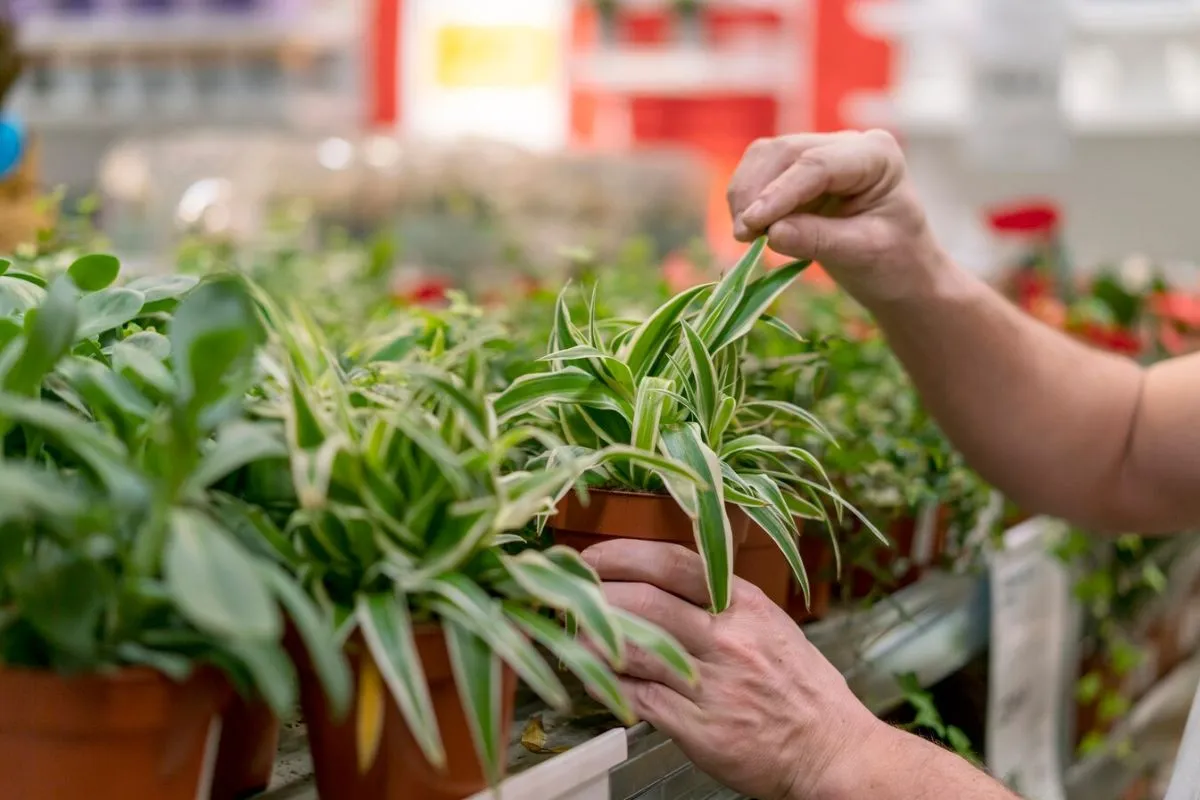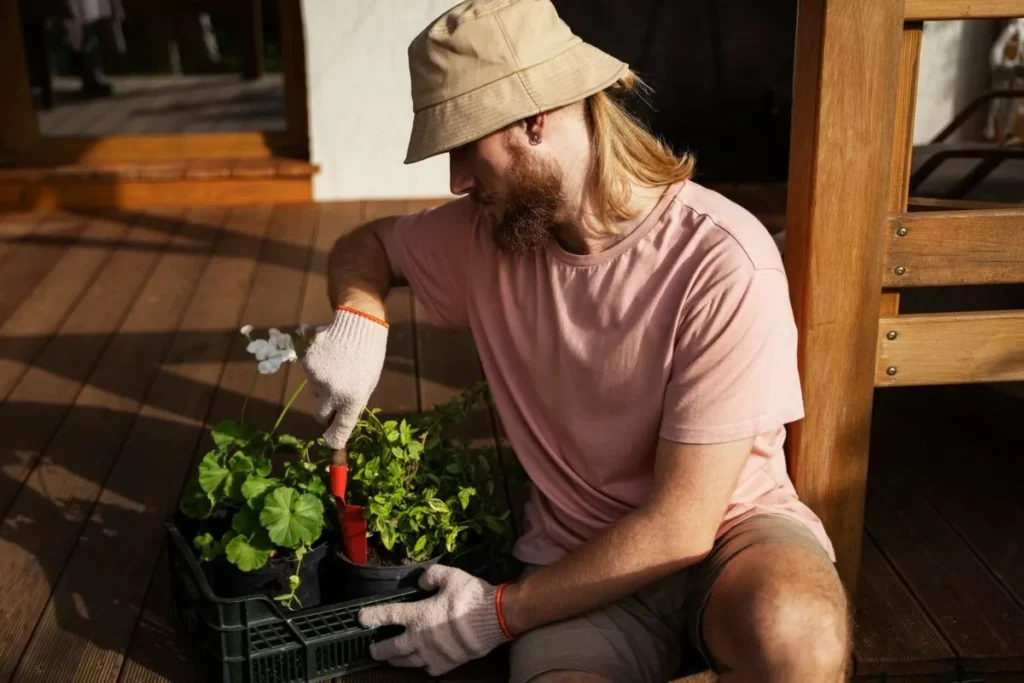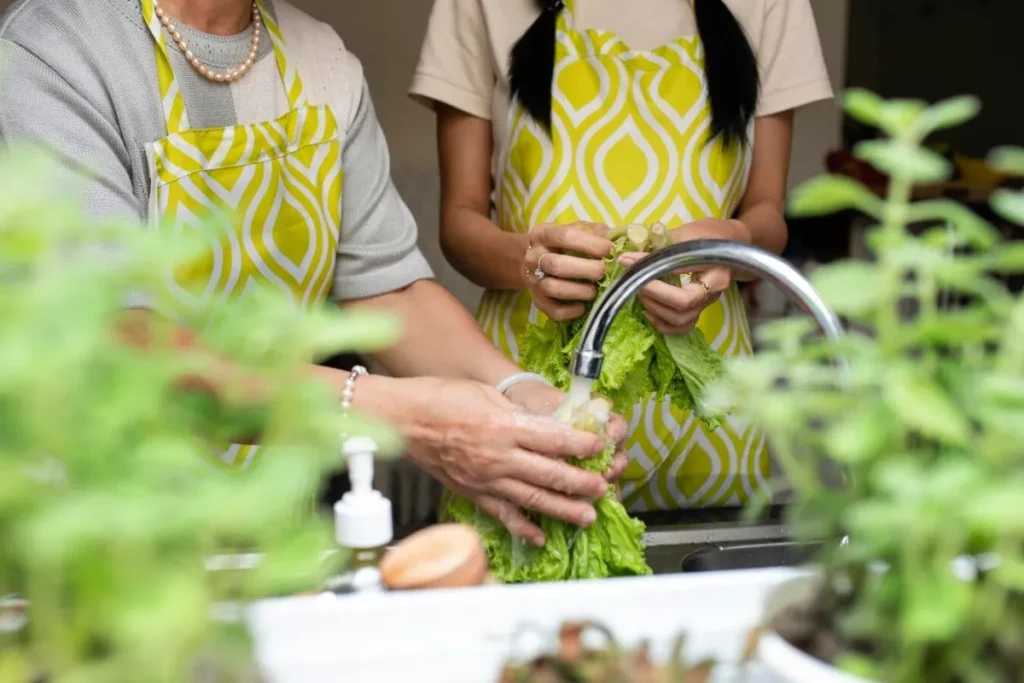Growing Edible Plants in Renewable Energy-Powered Greenhouses has revolutionized modern agriculture. This aligns with increasing environmental concerns.
Utilizing renewable energy in greenhouses enhances sustainability. This method significantly impacts the ecosystem positively.
This article explores techniques for growing edible plants sustainably. It delves into the strategies and benefits extensively.
Sustainable Practices in Renewable Energy-Powered Greenhouses
Implementing sustainable practices in energy-efficient greenhouses is pivotal. These methods aim to minimize environmental impact, ensuring a harmonious relationship with the environment.
Renewable energy sources include solar, wind, and geothermal. These energies power essential greenhouse systems such as lighting, heating, and ventilation. Additionally, integrating these sources with smart technology enhances energy management.
Greenhouses effectively use these energy sources. This boosts energy efficiency and reduces carbon footprints, promoting sustainable agriculture. The adoption of renewable energy also safeguards against energy price fluctuations, ensuring stability.
Furthermore, these practices contribute to long-term financial savings. By reducing operational costs, greenhouses can invest in further innovations and improve overall productivity.
Solar Energy Applications
Solar energy is a reliable renewable source. Solar panels convert sunlight into electricity efficiently.
This energy powers heating and cooling systems. It ensures an optimal environment for plant growth.
Excess energy can be stored for later use. This storage system enhances the greenhouse’s self-sufficiency.
Wind and Geothermal Energy
Wind turbines provide a steady flow of energy. They are particularly useful in windy regions.
Geothermal energy stabilizes greenhouse temperatures. This method leverages the Earth’s natural heat.
Both energies reduce reliance on fossil fuels. They make greenhouses more environmentally friendly.
Benefits of Renewable Energy in Greenhouses
There are numerous advantages to utilizing renewable energy. These benefits extend beyond sustainability, impacting various aspects of agricultural practices.
Costs and environmental impact both decrease significantly. By reducing reliance on fossil fuels, renewable energy sources minimize greenhouse gas emissions. This shift also translates to long-term savings for farmers.
Farmers grasp the advantage of lush, healthy crops. Renewable energy ensures a consistent power supply, optimizing growing conditions. This leads to increased yields and improved crop quality.
Growing edible plants in renewable energy-powered greenhouses also boosts energy efficiency. Advanced systems like solar panels and wind turbines provide clean energy.
Additionally, integrating energy storage solutions ensures a steady power supply even during off-peak times. This combination fosters a more sustainable and resilient agricultural model.
Economic Benefits
Initially, renewable systems may need investment. Over time, operational costs decline significantly.
Energy from renewable sources is cheaper. This transition translates to more savings.
Lower energy costs mean more profitability. It’s a smart, long-term economic strategy.
Environmental Impact
Using renewable energy cuts greenhouse gas emissions. It aligns with global climate goals.
Wildlife benefits from reduced pollution levels. This approach aligns nature with agriculture productively.
Fewer fossil fuels result in cleaner air. This promotes better health for surrounding communities.
Effective Growing Practices for Edible Plants
nsuring the right growing practices is crucial. They directly influence plant health and yield, impacting the overall success of your garden. Regular monitoring and adjustments help maintain optimal conditions.
Edible plants need specific conditions. Delicate balance is key for optimal results, including proper sunlight, water, and soil nutrients. Using organic fertilizers and pest control methods can enhance growth.
Implementing these practices maximizes benefits. Ensuring the sustainability of growing edible plants not only promotes a healthy ecosystem but also contributes to food security. Regular crop rotation and companion planting can further improve soil health and biodiversity.
Continuous learning and adaptation are essential. Stay informed about best practices and emerging trends in sustainable gardening. Sharing knowledge with your community can lead to collective growth and a more sustainable future.
Hydroponics and Aquaponics Systems
Hydroponics involves growing plants in nutrient solutions. It omits the use of soil completely.
Aquaponics pairs hydroponics with aquaculture. Fish waste provides nutrients for the plants.
Both systems enhance space usage efficiently. They result in higher yields with less water.
Integrated Pest Management
Pest control is vital for growing edible plants. Non-chemical methods are preferable.
Biological controls include beneficial insects. They naturally curb pest populations.
Crop rotation and companion planting are effective. These techniques prevent pest infestations.
Optimizing Water Usage
Water is an essential resource for plants. Efficient usage reduces waste and costs.
Drip irrigation systems are highly effective. They deliver water directly to the roots.
Rainwater harvesting is also beneficial. It supplements regular water supply sustainably.
Challenges and Solutions
Adopting these systems presents challenges. However, solutions exist for most hurdles, making the transition feasible. Identifying and addressing these challenges upfront ensures smoother implementation.
Initial costs can be high, deterring some from adopting sustainable gardening practices. Long-term benefits outweigh these expenses, including savings on grocery bills and reduced environmental impact. Financial incentives and subsidies can also offset initial investments.
Technological know-how is essential for managing advanced gardening systems. Training and education resolve this issue efficiently, equipping individuals with the necessary skills. Many online resources and community workshops offer valuable knowledge.
Support networks and expert consultations can further assist in overcoming obstacles. Engaging with local gardening communities provides additional insights and encouragement.
Initial Investment
Setting up renewable systems requires capital. This may deter some from adoption.
Financial incentives can mitigate costs. Governments often offer subsidies and grants.
Long-term savings justify upfront investments. It becomes cost-effective over time.
Technical Expertise
Renewable energy technology requires knowledge. Lack of expertise can impede progress.
Continuous education is paramount. Workshops and courses are beneficial.
Skilled labor becomes a valuable asset. They ensure systems operate correctly.
Maintenance and Upkeep
Regular maintenance is crucial. It ensures systems function optimally.
Neglecting upkeep can cause failures. This leads to costly repairs.
Maintenance schedules are vital. They prevent system degradation over time.
Future Trends in Renewable Greenhouses
The future holds exciting prospects. Innovations aim to enhance efficiency and productivity in sustainable gardening. Advanced techniques such as vertical farming and aquaponics are gaining popularity.
Research focuses on new technologies to optimize growth conditions. Hybrid systems that integrate traditional farming with modern technology are a promising avenue. These systems can significantly increase yield and reduce resource consumption.
Growing edible plants in renewable energy-powered greenhouses is set to evolve further. Solar panels and wind turbines can provide sustainable power. This reduces the carbon footprint and enhances the environmental benefits.
Automation and smart technology will play a pivotal role. Sensors and AI can monitor and adjust conditions in real-time, ensuring optimal growth. These advancements will make sustainable gardening more accessible and efficient for everyone.
Hybrid Energy Systems
Hybrid systems combine multiple energies. This maximizes efficiency and reliability.
Solar and wind energy often pair well. They cover each other’s weaknesses.
Future greenhouses will likely adopt hybrids. This trend ensures continuous flow of energy.
Advanced Automation
Automation reduces human error. It ensures precise control of growth conditions.
Sensors monitor environmental parameters. They adjust systems autonomously.
Artificial intelligence plays a key role. It predicts and optimizes plant needs.
Collaborative Innovations
Universities engage in extensive research. They spearhead technological advancements.
Collaboration with industry is increasing. This bridges theoretical and practical gaps.
Open-source models foster shared progress. It accelerates the development cycle.
Looking Ahead
The potential is vast for Growing Edible Plants in Renewable Energy-Powered Greenhouses. Embracing sustainable practices is the future.
Investments in renewable energy reduce costs. They ensure the environmental benefits are long-term.
Transforming agriculture positively impacts economies. It makes the world a cleaner, healthier place.
Implement these strategies for a sustainable future. Benefit from higher yields and reduced waste in agriculture.
Frequently Asked Questions
What are the main benefits of using renewable energy in greenhouses?
It significantly cuts operational costs and reduces carbon emissions. Plus, it enhances energy efficiency and ensures sustainable practices.
How does solar energy support greenhouse operations?
Solar energy powers heating, cooling, and lighting systems. Stored energy ensures a stable supply even on cloudy days.
Are there financial incentives for adopting renewable energy in agriculture?
Yes, many governments offer subsidies, grants, and tax incentives. These alleviate initial setup costs.
What are the challenges of integrating renewable energy in greenhouses?
High initial investment and technical expertise are major hurdles. However, long-term benefits and training resolve these issues.
What future trends are expected in renewable energy-powered greenhouses?
Hybrid energy systems, advanced automation, and collaborative innovations are on the rise. These enhance the efficiency and sustainability of greenhouses.



